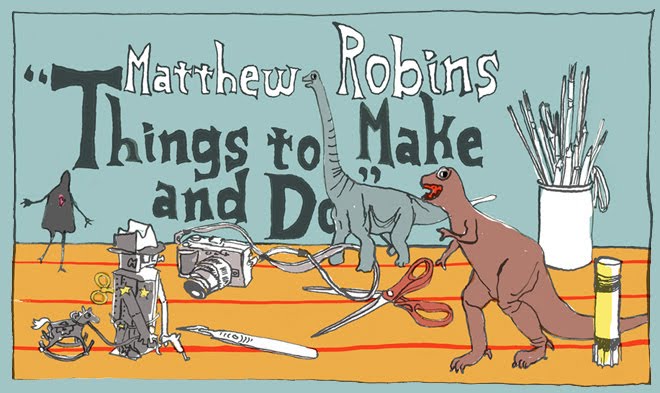The central figure in this story is obviously the match girl herself, and this means the way everything else is described visually has to lead out of the way she is made. I use shadow puppets to portray her in this, and so other parts of the story either go forward from this - her visions for example are "extra" real in that they are 3D painted models, so they feel hyper-real to her, a cardboard girl, and then other people - the anonymous crowds in the city - are smudgey chalk animated loops, they have no individual character, no discernible strength or edges, but rather are lumps of storytelling devices, I imagined Carol by Patricia Highsmith when I was thinking of the crowd scenes, 1930s or 40s busy wintery crowds getting on with stuff in the city, and nothing to do with us or the story we are here to listen to, well, except to judge, maybe, as this is a Passion.
In earlier shows I have projected the shadow puppets and backgrounds simultaneously from an O.H.P. onto a screen, but here, as my processes have developed over the last couple of years, I am creating a much more layered piece, building up cut-out painted skyscrapers, the chalk animations, little models with lights and holes and clear coloured plastic - I perform the black cut-out cardboard shadow puppets in front of the camera, or sometimes behind a paper screen, like they did in the olden days . . . and it's still basically light and shadows, and here this means that a lot of the main puppet figures of the match girl are almost little cardboard automata - like two of my favourite artists Paul Spooner and Tim Hunkin - with one or two little functions to each perform to tell a specific piece of the story.
I made a video that explains a bit more of this and shows you some of the puppets actually moving . . .



No comments:
Post a Comment